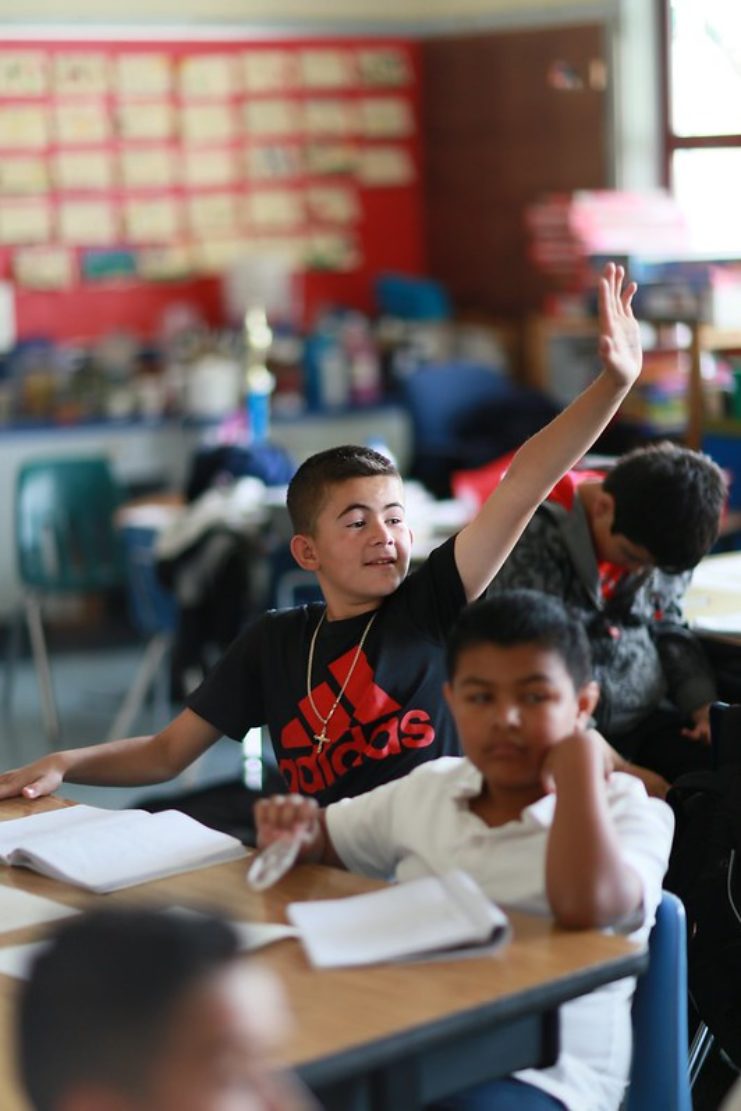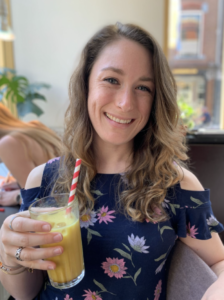
It All Started with an “Ah-Ha” Moment: Collaborating with Students, General Education Teachers, Parents, and Instructional Assistants as a Special Education Teacher
I opened my email one afternoon to find another message from an Instructional Assistant (IA) that read:
“Jake* did a lousy work on Q3 book review. (l got a headache!!!!) He left at 1:52 again too early without saying anything.”
I quickly responded, “Ugh! So frustrating. Thanks for letting me know”.
Unfortunately, this message was one in a steady stream I had been receiving for a few weeks in a row.
Jake had vanished from another Zoom meeting far before the time was up and without completing any work. I sat staring at my screen for a few minutes after sending that email. What the heck is going on? This student works with me multiple times per week in one-to-one sessions; why isn’t he doing work with other people? Jake’s general education teachers and IAs who work with him keep sending me the same messages–Jake left early, Jake didn’t show, no work completed by Jake today. What am I missing?
Feeling stuck and unsure on how to proceed, I reached out to Sarah, the Lead by Learning facilitator with whom I had been working. I shared with her the challenge I was facing, and she helped me come up with a plan of action that involved interviewing the student and the parent. When Sarah asked me if I had simply asked Jake what the difference was between his work sessions with me and his work sessions with IAs/gen. ed. classes, I realized I hadn’t once done that. It felt like such an “aha” moment, combined with an “of course” moment — through my conversation with Sarah, I realized I had yet to directly ask Jake to engage in self-reflection. As hard as it is to admit, I had been making assumptions about the kind of self-reflection this student with extensive needs could engage in, and these unchallenged assumptions influenced my practice.
Moving forward after this realization, I decided to interview Jake to get at the root of the issue. He told me, “I don’t want to be late again” and “I leave early to do my homework”. Considering that these work sessions were times for Jake to get support with work, and that the issue wasn’t that he was arriving late, I felt a little puzzled. I decided to talk to Jake’s mom, who indicated that Jake knows he is different from others, so he worries about how he is perceived by his peers because he learns differently. She also noted that he doesn’t know what’s going on in class and feels overwhelmed, so he just leaves. I left these interviews with another “aha” moment feeling.
Initially, my goal had been to increase students’ participation and willingness to attempt challenging work. After my interviews and working with IAs, this goal shifted to fostering joy and resilience. I realized that ultimately Jake was sad, so he didn’t want to do work. Of course not! If I’m missing joy, students won’t participate. If I’m missing resilience, students won’t attempt challenging work. Feeling like I had finally found the missing piece, I decided that my goal needed to change, to focus on IA relationships in order to foster student joy and resilience.
Motivated by my realizations and newly shifted goals, I began a three-way collaborative discussion between myself, an IA who worked regularly with Jake, and his general education English teacher. The English teacher provided us with the general assignment and student learning expectations, and I made time for the IA and I to meet. When she sat down for our meeting, I started by asking, “What do you think Jake needs? What are you seeing happen during meetings? What do you need from me?” Then, I just listened. The IA provided me with a wealth of information reflecting on the student’s learning, what he needs for success, and her thoughts on the assignment. Together, with input from Jake’s English teacher, we adapted the general education curriculum to meet Jake’s needs and align with his IEP goals, and using her feedback, I created the modified materials for Jake to complete with the IA’s support.
I had another realization in a string of “aha” moments — I needed to move from a top down approach to a bottom up one. Soliciting feedback and input from the general education teacher and the IA, we were able to work together to create an accessible, appropriate, and academically rigorous assignment for Jake. As a result, he was not only able to write and revise a cohesive paragraph (one of his IEP goals), he was also able to record himself reading this paragraph aloud as a means of presenting it to the class. I felt so proud!
As I look forward to next school year, thinking about the challenges and successes of distance learning, I’m wondering:
- How can I build in this collaboration time when we return to in-person learning? What will that look like without the ease of Zoom to schedule brief check-ins when we’re all crunched for time?
- What are some of the ways I can build joy and resilience in my students?
- What will balance look like — for me and my students — as we return to school?
With all of this in mind and knowing there are many challenges ahead, I am excited to consider how these major shifts in my thinking will allow me to better support students through collaboration this coming school year.
*Student name changed
 Kira Jacob is a case manager at Willard Middle School, where she supports 6th through 8th grade students with extensive support needs in a Full Inclusion program. She has been in the field of education for almost 10 years in both general and special education. Kira began her career working as an instructional assistant at a non-public school for students with Autism, then moved into the general education classroom teaching middle school Language Arts/Literature, and now works in special education. When she is not teaching, she enjoys snuggling with her cats Moose and Eevee, staying up too late reading a great book, hiking around the Bay Area, and adapting cooking/baking recipes to be allergy-friendly!
Kira Jacob is a case manager at Willard Middle School, where she supports 6th through 8th grade students with extensive support needs in a Full Inclusion program. She has been in the field of education for almost 10 years in both general and special education. Kira began her career working as an instructional assistant at a non-public school for students with Autism, then moved into the general education classroom teaching middle school Language Arts/Literature, and now works in special education. When she is not teaching, she enjoys snuggling with her cats Moose and Eevee, staying up too late reading a great book, hiking around the Bay Area, and adapting cooking/baking recipes to be allergy-friendly!
